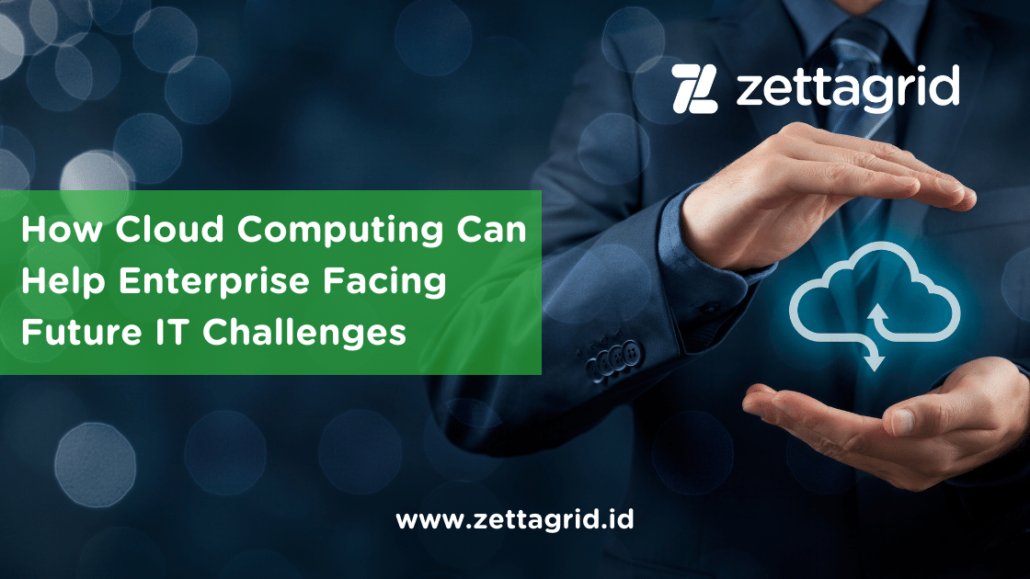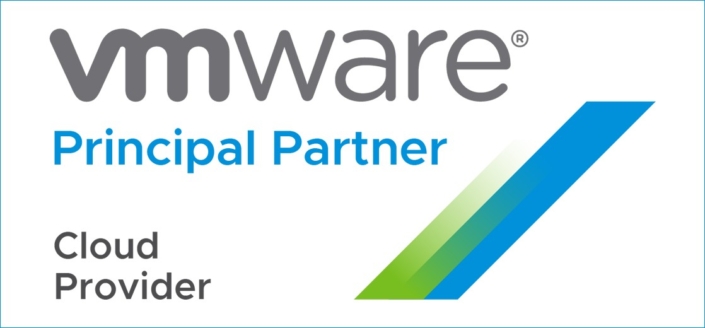How Cloud Computing Can Help Enterprise Facing Future IT Challenges
 How Cloud Computing can help Enterprise Facing Future IT Challenges
How Cloud Computing can help Enterprise Facing Future IT Challenges
As technology evolves and shifts digitally, many organizations now are adapting and developing their infrastructure as well. Ranging from lifestyle, education, healthcare, and even business industry are now into digital for the better development process. By seeing this, of course, we can conclude that technology has opened up many opportunities and automation for industries. Therefore, it is no doubt that technology has made all activities become easier now.
Although its development has come with a good prospect for industries, digital technology could also cause cybersecurity threats. According to Gartner, the number of Internet of Things (IoT) devices that doubled every five years has created security risks that must be mitigated. Not only that, but the expansion of digital technology would also make organizations keep maintaining their infrastructure for their business continuity in the future. Therefore, solutions are needed by organizations to face these IT challenges.
Gartner has predicted a few cores that will help enterprises through the digital era and business challenges. Read them below here:
1. Isolated or segmented network devices will stand stronger against cyber attacks
Gartner expects more than 15 billion IoT devices will connect to the enterprise infrastructure by 2029. Corporate, guest, trusted and untrusted devices all pose a risk to the enterprise if IT leaders do not properly coordinate when and how they will be connected.
It is not uncommon for IT organizations to find IoT devices on their networks that they did not install, secure, or manage themselves. These are the devices that can be hacked in as little as three minutes, with breaches taking six months or more to discover. Therefore, it is important for enterprises to be aware of this cyber-attack. But, how to prevent this?
- Enterprise could rally the entire organization to agree on a common governance structure for device connectivity. Without one, IT organizations will risk losing control of being able to secure the network.
- Create a device certification process for all devices that must be passed before any device is connected to the enterprise network.
- Be sure to include contributions from a cross-functional team, not just within IT.
By segmenting or isolating devices, enterprises will be less vulnerable to cyber threats. In fact, through 2023, enterprises that do so will experience 25% fewer successful cyberattacks.
2. Deployment to the Cloud Computing is accelerating
According to the 2020 Gartner Cloud End-User Buying Behavior Survey, almost all organizations plan to maintain or increase IT spending on Cloud Computing in the next 12 months. The statement apparently was caused by the automation that cloud infrastructure gave for enterprises in achieving new digital services and workloads. That’s why 40% of all enterprise workloads will be deployed in Cloud Infrastructure and Platform Services (CIPS) by 2023, up from only 20% in 2020.
Not only that, COVID-19 pandemic also resulted in a recalibration of cloud strategies, where collaboration, mobility, and Virtual Desktops are rapidly moving to the Cloud Computing for a better distributed and secure workforce. But for cloud migrations, Gartner has marked that Disaster Recovery and scale-out applications that benefit from cloud flexibility can be a good choice for enterprise to run through.
3. Edge Computing solutions will shake out over the next 5 years
Edge Computing platforms are software and hardware that enable a zero-touch, secure, distributed computing architecture for applications and data processing at or near the edge.
Centralized, cloud-hosted management with a growing portfolio of common cloud computing and edge capabilities, have put hyper-scale cloud providers in a good position to address a range of requirements for computing closer to the edge. Yet, by year-end 2023, only 20% of installed Edge Computing platforms will be delivered and managed by hyper-scale cloud providers (an increase from less than 1% in 2020).
Not only that, a Senior Director Analyst of Gartner, James McArthur also said Edge Computing will evolve from supporting thousands of custom patterns to merely dozens, or complementing edge solutions. That’s why it is important for enterprises to prioritize a distributed cloud-based solution as the default and future-proof edge solutions.
Zettagrid Indonesia is one of the cloud computing service providers of Infrastructure as a Service (IaaS) that offers Virtual Server, Virtual Datacenter, Backup as a Service (BaaS), and Disaster Recovery as a Service (DRaaS). We also already achieved VMware Cloud Verified which could be beneficial for our customers so they could use all automation from VMware cloud technology. If you have any further questions about cloud computing solutions, you can contact us here or by sales@zettagrid.id.


